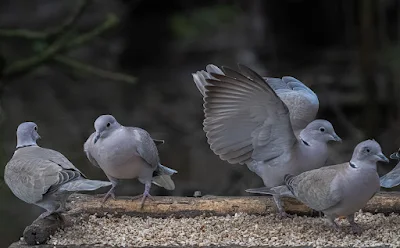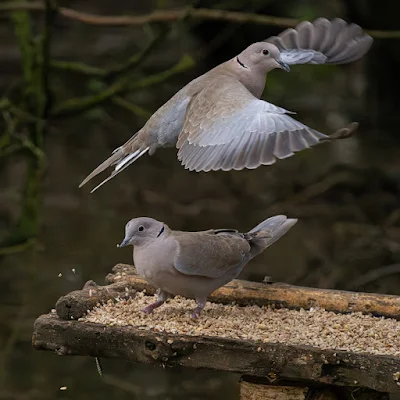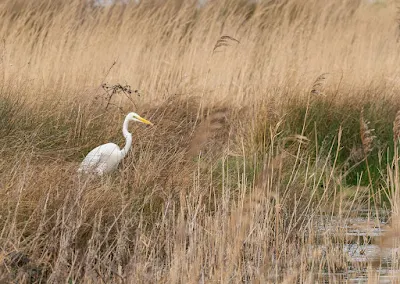The 7714 was built in 1930 by Kerr, Stuart at Stoke on Trent. It was based at Birkenhead when the railways were nationalised in 1948 and remained there until It was based at Birkenhead until in moved to Wrexham Rhosddu in December 1958 but was withdrawn from service shortly afterwards in January 1959. It was sold to the National Coal Board (NCB) in 1959 and was used at Penallta colliery. At the time it was sold to the NCB it had completed 520,259 miles in service.In 1973 it was bought by the Severn Valley Railway and was first steamed in 1992 after an extensive overhaul. It was withdrawn from service in 2009.7714 underwent its steam test in July 2016 and the boiler was lifted back onto its frames the following month. The overhaul was completed in November 2016 and 7714 returned to traffic on the SVR.
The 7714 is a GWR Collett 5700 class 0-6-0PT 'pannier tank', one of two examples on the SVR (the other being 5764).
Woodham Brothers at Barry took delivery of 7812 for scrap in June 1966. The Erlestoke Manor Fund, organised initially by a group of Gloucestershire enthusiasts, purchased the engine in June 1973, and moved it to the now-closed preservation centre at Ashchurch, near Tewkesbury, in May 1974. No. 7812 was moved to Bewdley on 23rd April 1976. Restoration to operating condition was carried out at Bewdley, and 7812 first ran in September 1979, achieving several main line runs on the North-and-West route in the Spring of 1984. In response to popular demand, the locomotive was finished in the attractive B.R. lined green livery of the 1950s.
Its latest 10 year ‘ticket’ expired at the end of 2017, and the loco was moved to Tyseley for the owners to start the overhaul soon afterwards, some of the work being a contract repair by Tyseley Locomotive Works staff. Work on the boiler was completed in 2021, and the loco returned to the SVR in 2022. It is on hire to the West Somerset Railway for the 2023 season.







































